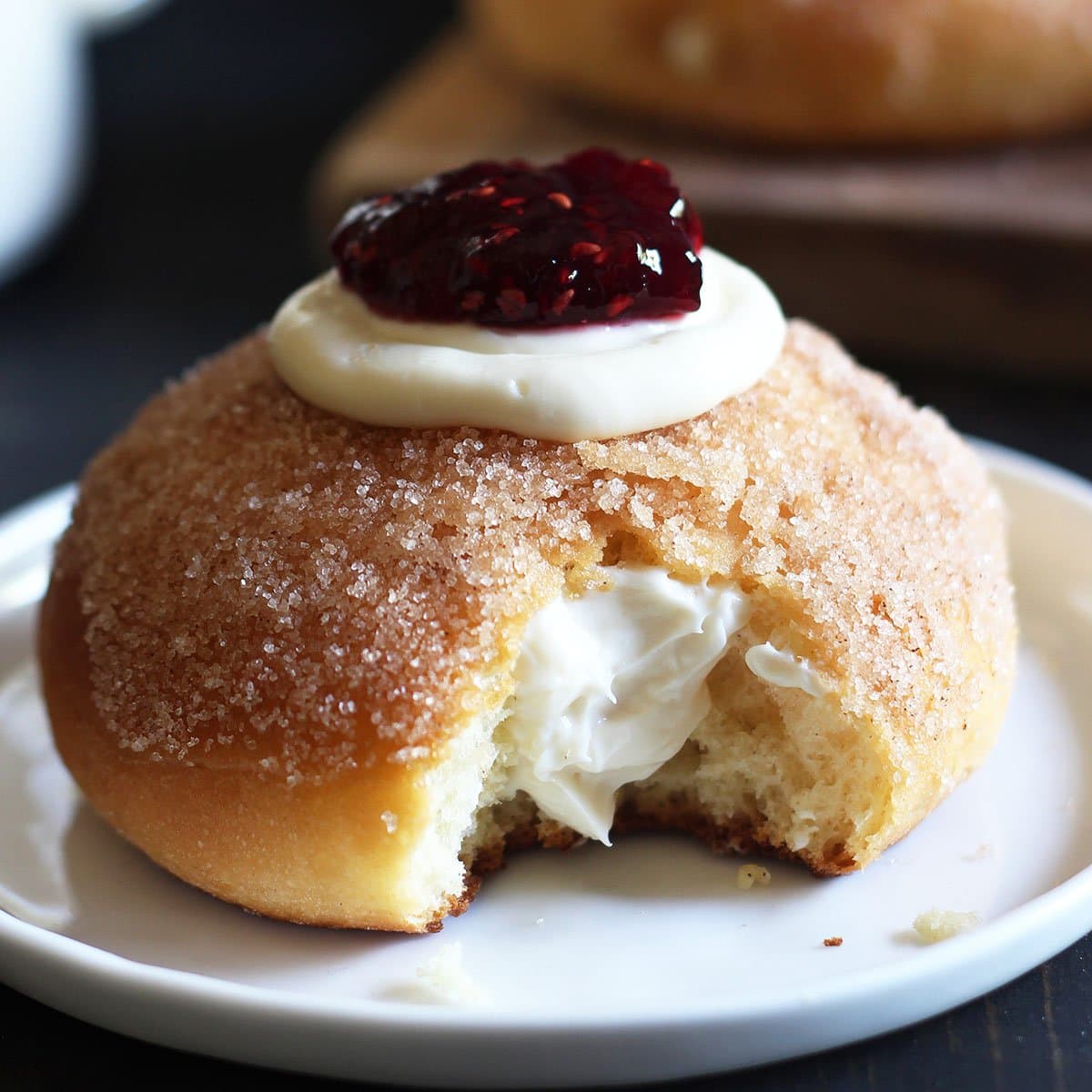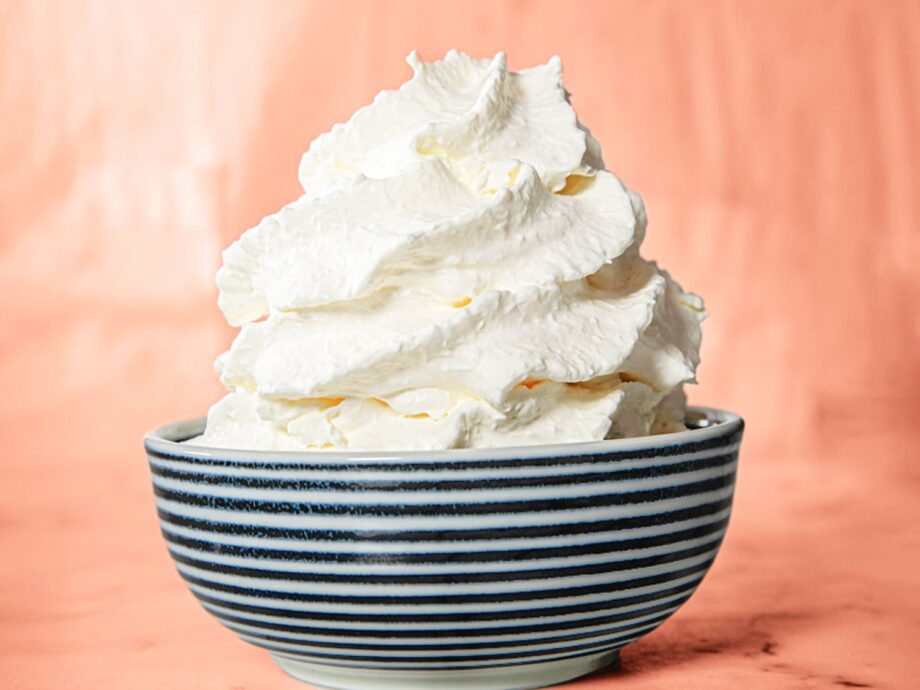Squirting and creaming are two different phenomena in sexual intercourse. Squirting refers to the release of fluid from the Skene’s gland during sexual arousal, while creaming refers to the production of vaginal lubrication.
Understanding the different aspects of sexual experiences can contribute to a healthier and more fulfilling sex life. The debate between squirting and creaming has gained attention in recent years, with many people expressing curiosity and confusion about the differences between the two.
By examining these two natural occurrences, individuals can gain a better understanding of the various ways in which the body responds to sexual stimulation. This article aims to explore the distinct characteristics of squirting and creaming, debunk misconceptions, and provide an informative guide to help individuals navigate these aspects of sexual pleasure. Whether you are curious or seeking to enhance your sexual experiences, understanding the differences between squirting and creaming is essential for a well-rounded sexual education.
Understanding Squirting And Creaming
When it comes to sexual experiences, squirting and creaming are two terms that are commonly misunderstood. Many people use these terms interchangeably, but they actually refer to different physiological processes. Understanding the distinctions and mechanisms behind squirting and creaming can help individuals explore and embrace their sexuality with a more informed perspective.
Definitions And Distinctions
Squirting and creaming, while often confused, are distinct sexual responses that occur in some individuals during heightened arousal and orgasm. Here’s a breakdown of each:
- Squirting: Also known as female ejaculation, squirting involves the release of a substantial amount of fluid from the Skene’s glands or the urinary bladder during sexual stimulation or orgasm. This fluid is typically clear and may have a slightly sweet or neutral taste, and its release is often accompanied by intense physical and emotional sensations.
- Creaming: Creaming, on the other hand, refers to the production of a creamy, white fluid from the Bartholin’s glands or the vagina during sexual arousal and orgasm. This fluid may vary in consistency and can range from thin and slippery to thick and creamy, contributing to lubrication and heightened pleasure.
Physiology And Mechanism
The physiological processes behind squirting and creaming are complex and not yet fully understood. However, they are both related to sexual excitement and stimulation of specific glands and tissues within the female reproductive system.
The mechanism of squirting involves the Skene’s glands, which are located near the urethra and are believed to be the source of the fluid released during female ejaculation. The exact composition of this fluid and the biological purpose of squirting are still topics of ongoing research and debate within the scientific community.
On the other hand, creaming is primarily associated with the Bartholin’s glands, which secrete mucus-like fluid to enhance vaginal lubrication and increase comfort and pleasure during sexual activity. This creamy fluid contributes to the natural self-lubrication of the vagina and aids in the facilitation of sexual intercourse and other forms of sexual stimulation.

Credit: handletheheat.com
Myths And Realities Of Squirting And Creaming
Squirting and creaming are two natural bodily responses that have been the subject of much speculation, misinformation, and curiosity. Understanding the myths and realities surrounding these phenomena is essential for debunking misconceptions and promoting accurate information. In this section, we will explore the common misconceptions and scientific explanations of squirting and creaming, shedding light on the truth behind these natural occurrences.
Common Misconceptions
There are various misconceptions surrounding squirting and creaming that have perpetuated misunderstanding and confusion. Let’s debunk some of the most prevalent myths:
- Only a minority of women can squirt: Contrary to popular belief, squirting is not limited to a small percentage of individuals. It is a natural response that can occur in women of all ages and backgrounds.
- Squirting and creaming are indications of orgasm: While squirting and creaming can happen during sexual activity, they do not always coincide with orgasm. These responses are not exclusive indicators of climax.
- It is urine: One of the most pervasive myths surrounding squirting is that it is simply urine. Scientific research has debunked this notion, confirming that the fluid expelled during squirting is not urine but rather a substance produced by the Skene’s glands.
Scientific Explanations
The physiological mechanisms behind squirting and creaming are rooted in scientific understanding. Let’s delve into the scientific explanations:
- Squirting: Squirting, also known as female ejaculation, is the release of fluid from the Skene’s glands during sexual stimulation. These glands are located near the urethra and are responsible for producing the fluid that is expelled during squirting.
- Creaming: Creaming, which is often a creamy, white fluid, is produced by the Bartholin’s glands. These glands secrete mucus-like fluid to lubricate the vaginal opening, aiding in sexual intercourse and maintaining a healthy vaginal environment.
Factors Influencing Squirting And Creaming
When it comes to squirting vs creaming, several factors influence these experiences, including physical arousal, stimulation, and relaxation. The intensity and duration of the stimulation, as well as individual anatomy, can also play a role in these bodily responses.
Factors Influencing Squirting and Creaming When it comes to sexual experiences, squirting and creaming are two phenomena that often arise in discussions and can be influenced by various factors. Understanding the psychological and emotional aspects, as well as the environmental and physical factors, plays a crucial role in unraveling the mystery behind these experiences.Psychological And Emotional Aspects
Mental State: The psychological and emotional state of an individual can significantly impact their ability to experience squirting or creaming. Relaxation, comfort, and emotional connection with a partner are essential for creating the right mental environment. Arousal Level: High levels of arousal, accompanied by intense sensations, such as feelings of trust and safety, are often associated with an increased likelihood of experiencing squirting or creaming. Previous Experiences: Past sexual experiences and the associated emotions can influence one’s ability to release fluids during sexual arousal.Environmental And Physical Factors
Stimulation Techniques: The type, intensity, and duration of sexual stimulation can directly impact the possibility of squirting or creaming. Understanding and experimenting with various stimulation techniques can contribute to the likelihood of experiencing these phenomena. Physical Health: Factors such as pelvic floor muscle strength and vaginal anatomy can influence squirting and creaming. Engaging in exercises that target the pelvic floor muscles may enhance the potential for these experiences. Environment: The physical setting and atmosphere, including comfort, privacy, and relaxation, can greatly affect sexual experiences, including the possibility of squirting and creaming. By acknowledging and exploring these various factors, individuals and couples can enhance their understanding of squirting and creaming, ultimately leading to a more fulfilling sexual experience.Pleasure And Satisfaction: Squirting Vs Creaming
When it comes to sexual pleasure, there’s often much debate surrounding the sensations and experiences of squirting versus creaming. These two phenomena are highly personal and deeply connected to individual sexual experiences. Understanding the differences can help individuals and couples navigate their sexual connection more effectively.
Sensations And Experiences
Squirting and creaming are both physical responses that can occur during sexual arousal and climax. Squirting, also known as female ejaculation, involves the release of fluid from the Skene’s gland during intense sexual stimulation or orgasm. This fluid is watery and colorless, and its production is thought to be related to G-spot stimulation. On the other hand, creaming refers to the release of a creamy, white substance produced by the Skene’s gland as a result of sexual arousal or stimulation. Each of these experiences can provide unique and powerful sensations for individuals, adding a layer of complexity and diversity to sexual pleasure.
Impact On Sexual Relationships
Understanding and embracing the differences between squirting and creaming is essential for cultivating healthy sexual relationships. Squirting and creaming can contribute to a sense of intimacy and satisfaction within a sexual relationship, as they are physical manifestations of intense pleasure and arousal. These experiences can enhance communication and connection between partners, leading to a deeper understanding of each other’s desires and needs.
Squirting And Creaming Techniques
When it comes to sexual pleasure, squirting and creaming are two terms that often spark curiosity and intrigue. While some may use the terms interchangeably, they actually refer to different experiences. Understanding the techniques for achieving squirting and creaming can enhance intimacy and satisfaction in sexual encounters.
Tips For Achieving Squirting And Creaming
When exploring squirting and creaming techniques, communication and experimentation are crucial. Here are some tips for achieving both:
- Relaxation and Comfort: Creating a comfortable and relaxed environment is essential for both squirting and creaming. Encouraging open communication and setting a comfortable atmosphere can help enhance the experience.
- Exploration of Sensation: Engage in exploration of erogenous zones and discover what sensations lead to squirting or creaming. Experimentation can help individuals understand their unique responses.
- Technique Variation: Experiment with different techniques, such as G-spot stimulation for squirting or clitoral stimulation for creaming. Familiarizing oneself with various approaches can lead to a better understanding of personal preferences.
- Awareness of Anatomy: Understanding the anatomy and physiology of squirting and creaming can aid in the exploration of techniques and sensations.
Safety And Consent Considerations
Prioritizing safety and consent is crucial when engaging in sexual activities, including those aimed at achieving squirting or creaming. Here are some important considerations:
- Consent: Ensuring that all parties involved have given explicit and enthusiastic consent is paramount. Consent should be ongoing and can be withdrawn at any point.
- Hygiene: Maintaining good hygiene practices is important for the health and comfort of all participants. This includes regular handwashing and the use of clean, safe sex toys if applicable.
- Emotional Safety: Creating a safe and supportive space for open communication about desires, boundaries, and any concerns is essential for a positive experience.
- Respect for Boundaries: Respecting each other’s boundaries and communicating openly about comfort levels and preferences is fundamental in creating a safe and enjoyable environment.
Frequently Asked Questions Of Squirting Vs Creaming
What Is Squirting And Creaming In Sexual Context?
Squirting and creaming are both terms used to describe the release of fluids during sexual activities. Squirting is the expulsion of a clear fluid from the Skene’s glands, while creaming refers to the production of a creamy white substance from the Bartholin’s glands.
What Are The Differences Between Squirting And Creaming?
The main difference lies in the fluid composition and the glands involved. Squirting generally involves a clear, odorless fluid from the Skene’s glands, while creaming refers to a creamy white substance from the Bartholin’s glands. Both are natural bodily responses to sexual stimulation.
Are Squirting And Creaming Indicators Of Orgasm?
Squirting and creaming can occur with or without orgasm. While some individuals may experience these phenomena in conjunction with climax, others may not. It’s important to understand that the presence or absence of squirting or creaming does not necessarily determine the level of sexual satisfaction or pleasure.
Can Everyone Experience Squirting And Creaming?
Not all individuals can experience squirting or creaming. The ability to do so can vary due to anatomical differences and the functioning of the Skene’s and Bartholin’s glands. Factors such as hydration, arousal levels, and the intensity of stimulation can also influence the likelihood of experiencing squirting or creaming.
Conclusion
Squirting and creaming each have unique aspects and can be enjoyed by partners. Exploring different techniques and communication can enhance intimacy. Understanding the individual experience and preferences is essential for a satisfying and fulfilling sexual relationship. Embracing diversity and open-mindedness is key in sexual exploration and pleasure.
